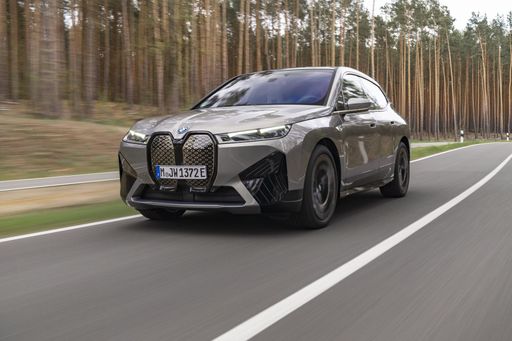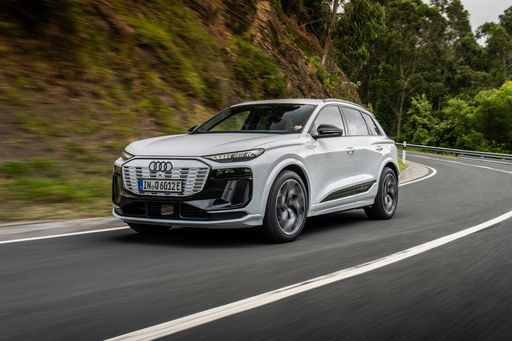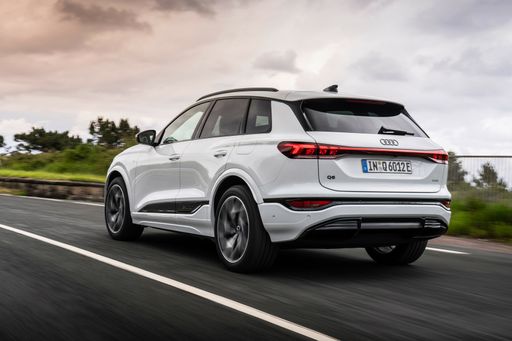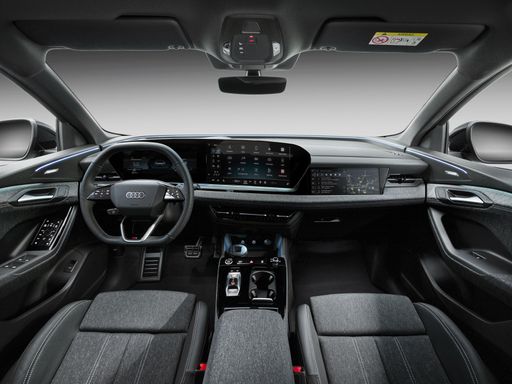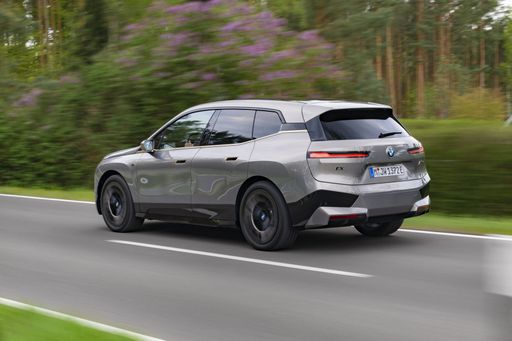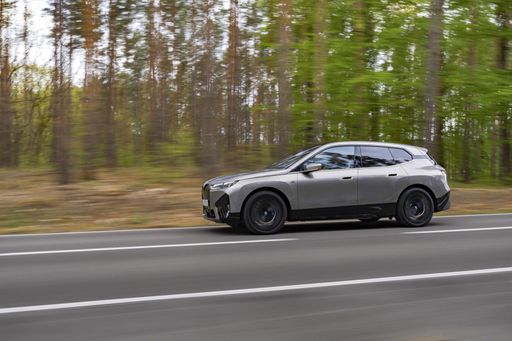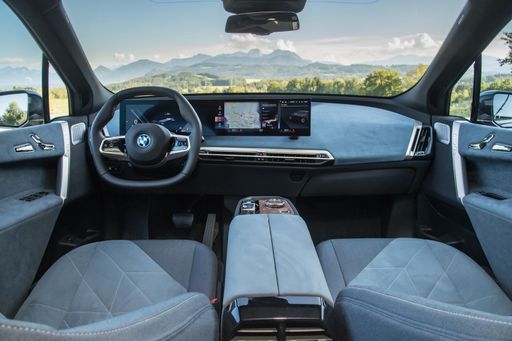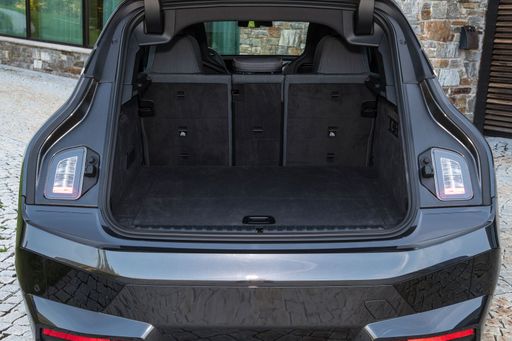Street Presence and Personality
Audi Q6 e-tron arrives with measured confidence, its lines whispering refinement rather than shouting for attention, while the BMW iX prefers drama and theatre with a bolder stance that turns heads. Both feel unmistakably premium, but they project different kinds of status: understated elegance versus unapologetic statement. That contrast tells you immediately who each car is trying to charm before you slide into the cabin.

